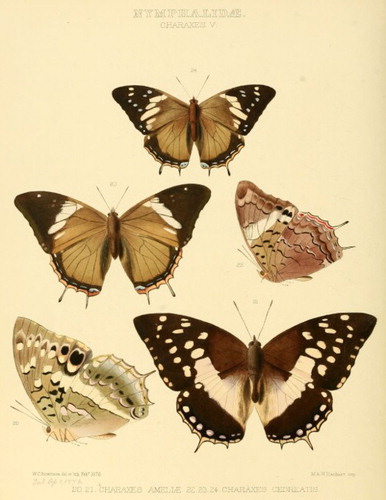The work of philosopher and art historian Georges Didi-Huberman has become a widely admired and discussed reference point across the Humanities. While much of his work has been translated into German, Italian, Spanish, Portuguese and other languages, until a few years ago only a handful of his more than fifty books had been translated into English. Recent years have seen a rapid increase in the number of English translations of his books with the addition of important works such as The Surviving Image: Phantoms of Time and Time of Phantoms: Aby Warburg’s History of Art (2016) and two volumes of his six-volume “L’Œil de l’histoire” [The Eye of History] series: When Images Take Positions (2018) and Atlas, or the Anxious Gay Science (2018). Still, these and other books translated into English, like the smaller volumes – Being a Skull (2016) and Bark (2017), among others – cover only a fraction of the vast number of topics explored by Didi-Huberman.

Inspired especially by Walter Benjamin and Aby Warburg, and drawing on many other theorists from Georges Bataille to Gilles Deleuze, Didi-Huberman’s work explores how image critique can give us access to what he calls “the eye of history.” In order to see what images reveal – the traces of history, the gestures, the pathos, desires and emotions implied by images – images must be put into motion. Didi-Huberman finds such a method in the cinema of Pier Paolo Pasolini and Jean-Luc Godard, the video installations of Harun Farocki and Alfredo Jaar, the atlas of Aby Warburg and Bertolt Brecht’s War Primer, among many other examples analysed in his oeuvre. What images reveal can only be seen in glimpses, which Didi-Huberman not only likens to but analyses in terms of suddenly seeing a butterfly quickly dart off or the surprising sight of fireflies that appear in a nocturnal forest clearing. This appreciation for the glimpses afforded by images is described in a poetic style open to fleeting impressions, affinities and insights which appear when images are juxtaposed by means of montage. Images reveal anachronistic, multiple temporalities and gestures giving form to dialectical emotions, such as the transformation of feelings of oppression into a desire to rise up against oppression. His theory of images therefore is inextricably intertwined with his writing style. His theoretical reflections, which bring together an enormous diversity of references, are expressed in his exceptionally beautiful writing, creating a sometimes overwhelming and excessive experience. This special issue aims to highlight these specific features of Didi-Huberman’s approach. Included is an exchange between Jacques Rancière and Georges Didi-Huberman, a new text by Didi-Huberman on the work of Bataille, and contributions by Sigrid Weigel, Barbara Baert, Ludger Schwarte, Robert Harvey, Emmanuel Alloa, Laura Katherine Smith and Stijn De Cauwer.
Issue image: illustration from Peter Cramer (1721–76), Uitlandsche Kapellen, voorkomende in de drie Waereld-Deelen Asia, Africa en America, 4 vols., 1775–82. San Francisco, Biodiversity Heritage Library (digital library).
